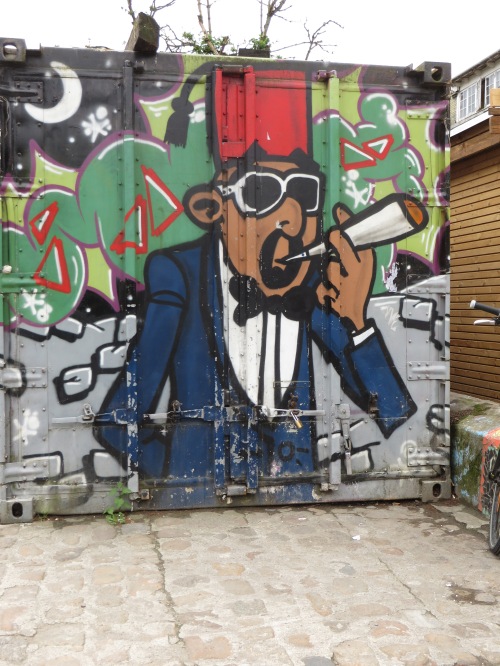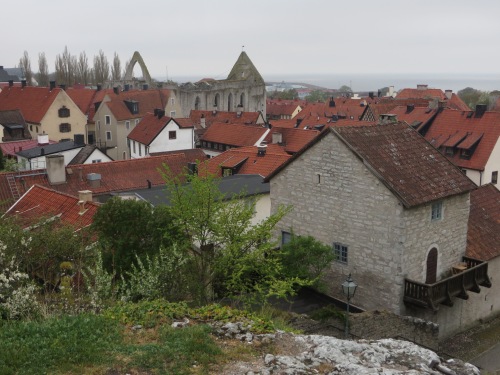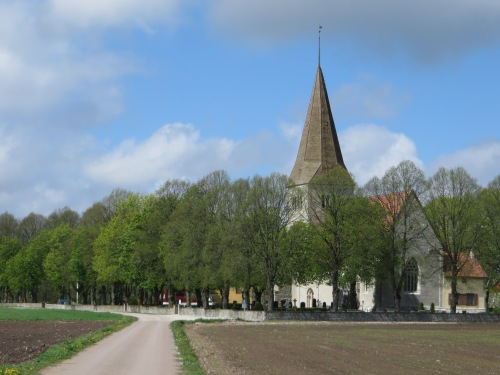The Scandinavians have some crazy ideas.
1. Putting throne rooms on the top floor of castles. Rosenborg Slot, the marvelous little castle in Copenhagen (jewel of an enormous, wonderful garden park), devotes almost the entire third floor to a massive throne room. Somehow I was thrown off. Wouldn’t you want it on the ground floor? “Excuse me while I run upstairs to be king for a few minutes!”
But on the other hand, it does make a certain kind of sense. You want to intimidate and impress visitors, right? What better way than to make them huff and puff up two flights of stairs before they get to see you? You can just sit there on the throne, watching them catch their breath and sweat, and feel superior! Wait okay this is a great idea. Next.
2. A gelato shop called Dental Clinic. Who are we kidding. This is an amazing idea.
3. Asian Station Hot Dog Corner. This is in Tivoli Gardens, Copenhagen.

The menu: pulled pork and beer. Because what do you expect from an Asian hot dog place? Get used to the pulled pork. It’s kind of a big deal.
Truth is, the Danes have odd ideas about a lot of ethnic foods. Many restaurants advertise an “American Special”: either a pulled pork sandwich, which is fair enough, or a pulled chicken sandwich. A pulled chicken sandwich sounds not-good, but I was kind of tempted to try it, because where in America can you get an American Special? I have photographic proof that a chain over there is charging US $19.95 for a “pulled chicken burger”. Those poor, poor people.
4. An autonomous hippie commune where everybody’s stoned all day and they have a fake UNESCO World Heritage Site plaque. Say hello to Christiania:

Photography is banned in most of Christiania. It’s certainly banned on the main streets. This is one of just two photos I took, and yet this photo PERFECTLY captures the entire spirit of the place. If you want to imagine Christiania in your mind, just look at this guy, and what you imagine is correct.
Christiania is Copenhagen’s semi-autonomous hippie commune. There is an unease and ill-defined relationship with local authorities, where the cops mostly look the other way, ignoring a marijuana culture that would make Colorado turn colors with jealousy. I ran into a fellow American guy there and said I was from Texas. “Austin? You from Austin?” “No, I’m from Dallas.” “Oh, wow. Usually everyone from Austin dreams of coming here but nobody else in Texas has even heard of it.”
The drug dealers pitch camouflage tents, like you’d see on M*A*S*H, to conduct their business inside. There’s also a conveniently situated bakery. But Christiania also has non-drug areas: art galleries and installations, a cinema in an abandoned warehouse (predictably, it shows only avant garde film), a few quality bars, and a great vegetarian restaurant where they cook one meal a day and if you don’t like it, you go somewhere else. Christiania is also sited on canals which feel downright rural; you’re in the heart of Copenhagen but it feels like you’re way out in the countryside. It’s really a remarkable place. Maybe it should be protected by UNESCO. Maybe.
5. Simpsons bread.
6. Building a gigantic warship so stable and safe that it can travel up to 0.8 miles before sinking! Meet the Vasa. In the 1600s, Sweden was at war with Poland and needed a few nice big warships, so they ordered some. The shipbuilders got to work on Vasa, a top-heavy colossus with two decks of cannons. Unfortunately, the cannons moved the center of gravity upwards, and the ship was about four feet too narrow. So on the triumphant maiden voyage, a test voyage of sorts on which the crew members brought their wives and children, the Vasa got 0.8 miles into the harbor of Stockholm when a “light breeze” knocked it nearly onto its side.
Heroic efforts by the crew managed to get the ship upright again, but water had flooded in the openings for all the cannons, and once it was upright, it sank to the bottom instantly.
The story gets crazier. 330+ years later, some determined Swedes found the ship, intact, at the bottom of the harbor. So they managed to pick it up, pull it out of the water, put it on land, cover it in preservative chemicals, and build a spectacular museum around it.
After nearly 400 years, the original Vasa is 98% intact.

Just so you get some perspective on size, do you see that little black thing in the bottom right corner? That’s a person.
There’s no way to prepare you for seeing the Vasa. It is one of the most spectacular sights in Europe, housed in one of the most spectacular museums in the world. A rather thrilling documentary explains the mind-boggling process of raising and restoring the ship; exhibits include original cannons, one of the original sails (somehow partly preserved in the water), and some of the bodies of the drowned. And then there’s the Vasa, around which the (extraordinary) building has been designed.

There’s just no way to explain it. What you’re seeing here are the carvings on the back of the ship. This photo covers about 1.5 stories of your typical house. HUGE.
The Swedes are convinced that there is nothing else like this, anywhere in the world. They are probably correct. And why was the ship so perfectly preserved? Because it sank instantly in the cold northern waters. Had the Vasa gone into battle, nobody would have seen it again.
7. And you thought IKEA was the start of the practical furniture trend. Nope. Have a look at this thing in Drottningholm Palace, which remains to this day the residence of the Swedish royal family, and where photography is illegal, but that’s not important right now:
So, what is that brown thing with the marble top and the nice wood carvings? Hah! You’re wrong. It’s a bed. Duh. Back in the 1700s, the king wanted to have a servant boy around at all times, so they made a little fold-out bed for the servant kid, and had it fold out of a fake cabinet.
8. Having a bar called Garlic and Shots that serves nothing but garlic, shots, garlic in shots, and just for variety, garlic beer. In the interest of selfless journalistic enterprise, I went. Full report coming soon.











